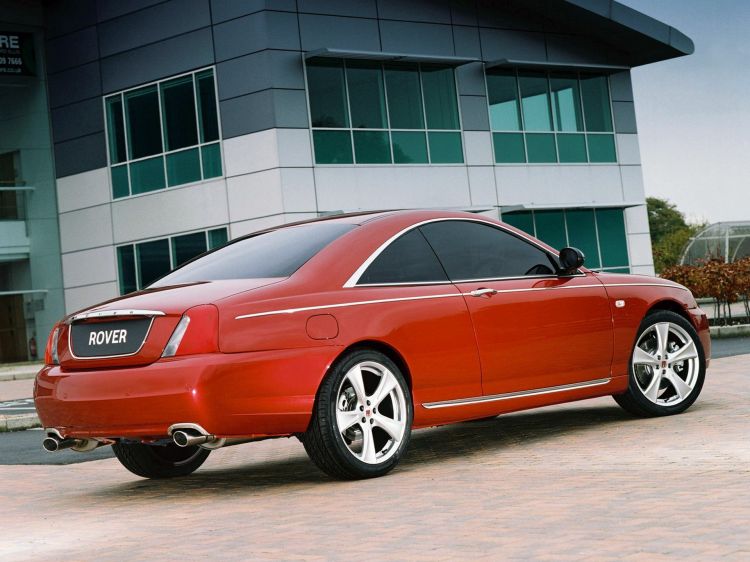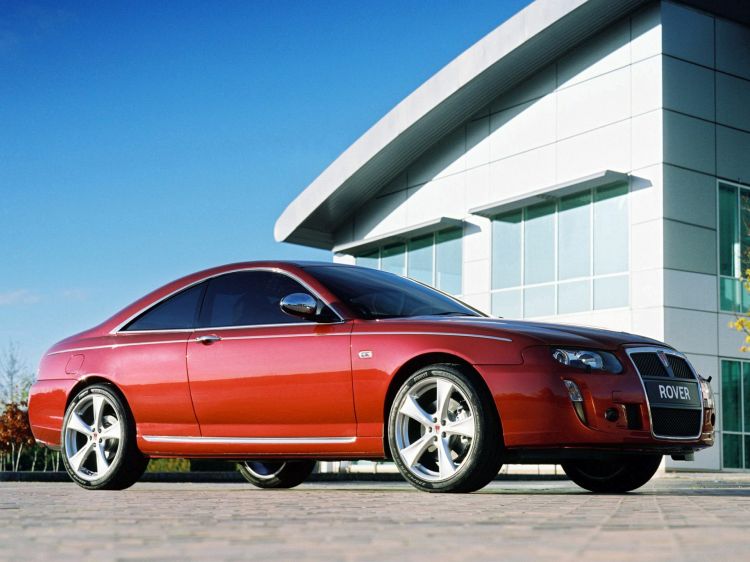In 2004, Rover’s future hung in the balance.. The historic British brand, in truth, had been in crisis for three decades at that time. Since its nationalization in the 1970s, through its many restructurings and successive sales, the brand had lost the glory and prestige it had in the 1950s and 1960s. During the 1990s it was owned by BMW, but in 2000 it sold its participation in an investment fund, leaving her to her own devices. Thus began Rover’s journey through the desert, which would culminate in its final bankruptcy in 2005.
The bankruptcy of MG Rover in 2005 caused the company to remain in Chinese hands. Although for a time they maintained a production structure in the United Kingdom, the only thing British about the current MG is a design and engineering study. However, before the year 2005, there were still chances of salvation for an independent MG Rover. These were years in which very daring projects were launched, such as the MG X Power SV or the eight-cylinder versions of the MG ZT, with the naturally aspirated engine of the Ford Mustangs of the time.
From 2000 to 2005, both MG and Rover were independent.
Rover wasn’t afraid to experiment either, and in 2004, they made their big comeback to the coupe segment. The prototype presented was called the Rover 75 Coupéand was intended to be the spiritual successor to the Rover 800-based coupés. Although never gone into much detail, it could have been built on the rear-wheel drive platform developed by MG Rover – a modification of the Rover 75 platform. idea of MG Rover was to be able to compete with the European premiums in one of the then most prestigious segments.
This statuesque coupé with classic lines and a beautiful rear could have mounted a 4.6-liter V8 engine under its skin. A propeller shared with cars like the Ford Mustang or Ford F-150, which developed about 280 CV of power. Nevertheless, could also have mounted four or six cylinder engines in transverse front position, in order to appraise their costs. Some unofficial images of its interior revealed brown leather, wood and a classic ambience, similar to that of the four-door Rover 75.
It wasn’t just released to celebrate Rover’s centenary. Also to impress SAIC, which then could still have rescued Rover.
In a parallel universe, it would have rivaled cars like the Mercedes CLK or the BMW 3 Series Coupé. Nevertheless, the Rover 75 Coupé failed to save Rover’s future. Perhaps it was an anachronistic product. Perhaps presenting it as a ZT Coupé, under the MG sportsmanship umbrella, would have been more striking. The reality is that at that time, the economic situation of MG Rover was already vox populi, as well as the intentions of the British government to save the company – and its level of employment – by forming a joint-venture with Chinese capital brands.
The story ended with a sad ending for MG Rover, which found itself bankrupt and bought at a bargain price by SAIC. The development of the Rover 75 was harnessed in China, under the Roewe brand – BMW still owned the rights to the Rover trademark. The Rover we knew never returned, nor does it have any signs of returning in the future. Decades of mismanagement, state incompetence, bureaucracy and the relentless law of money were the final nails in the coffin of one of Britain’s most established companies.






